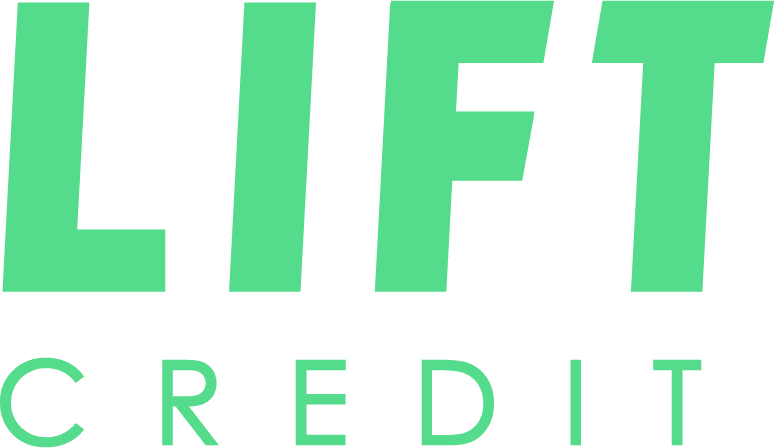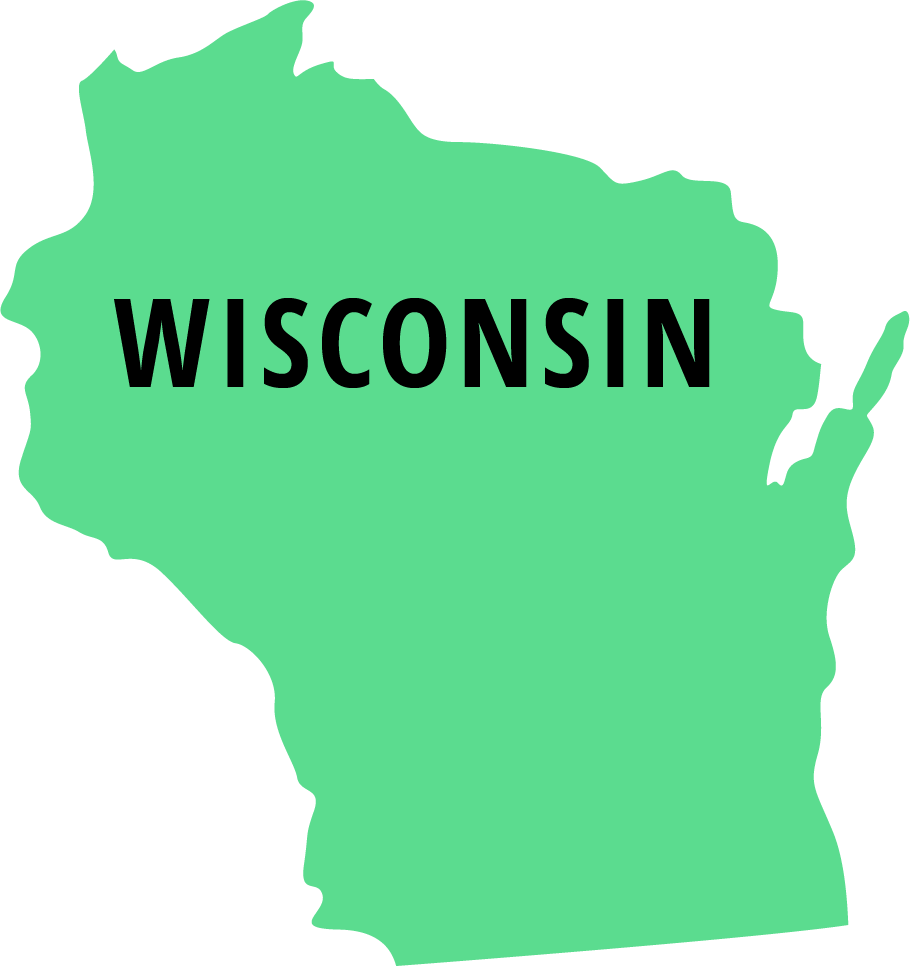A line of credit (LOC) is a loan that has a predetermined limit for how much a consumer can borrow at any given time, called a credit limit. The credit limit is determined by a financial institution by performing underwriting on the borrower’s financial documents and credit history. Good credit history, banking history, and a larger income are a few indicators for a borrower being approved for a larger credit limit in a line of credit loan.
A line of credit does not have a specific time frame in which the amount initially borrowed must be paid back in full. A borrower may also borrow more money as long as the initial draw on the account was below the credit limit. Payments for a line of credit are set up as billing periods, in which the borrower must pay back the interest accumulated during the billing period, along with a small portion of the principal loaned.
A line of credit and a credit card act very similarly, but there is a big distinction. A line of credit starts accumulating interest the day the money is drawn against the credit limit.
A line of credit loan can be secured or unsecured. Secured means that the loan has a type of collateral to back up the loan, and if the loan isn’t paid back, the collateral can be taken by the creditor. The most common type of secured line of credit is a Home Equity Line of Credit, or HELOC. A HELOC uses the equity from a home to assure the bank or loan institution will be able to recover some of the money they lose due to default. Secured line of credit loans are beneficial to consumers because banks can offer much lower interest rates. On the other hand, personal lines of credit, which are unsecured, feature higher interest rates and more strict underwriting guidelines to be approved.
For more information regarding financial terminology, visit LiftCredit.com!





